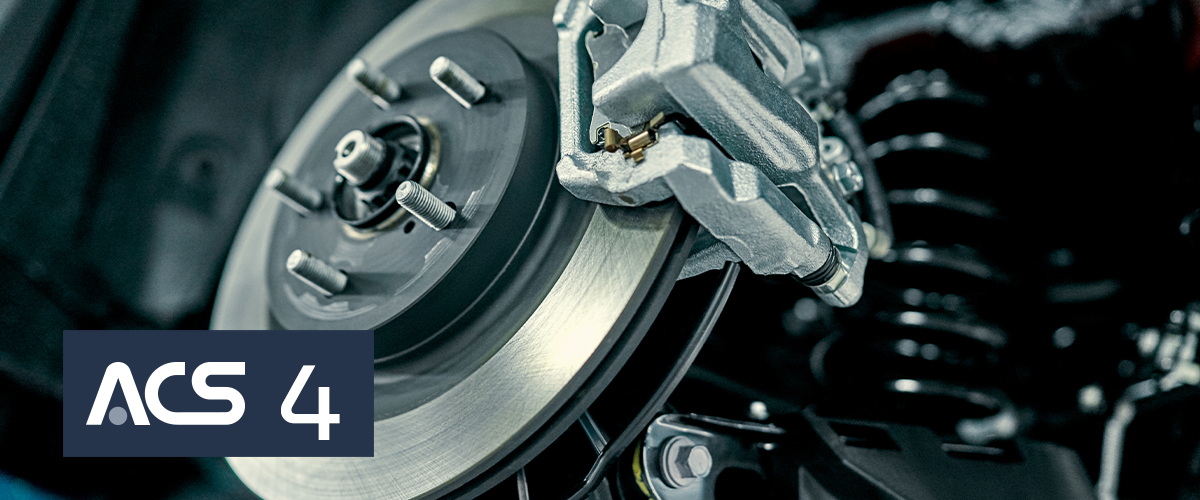
ACS4. Braking systems
Learn about environmental test chambers for testing vehicle braking systems and the tests to be performed prior to market release.
The importance of reliable braking systems is indisputable: the safety of drivers and passengers in the vehicle depends on their proper functioning.
Cars, motorbikes, planes, trains, bicycles: all vehicles use braking systems. To ensure their safety, many tests must be performed before they are released on the market, according to strict standards.
Environmental simulation tests on braking systems
A very important test is usually conducted on a dynamometer that simulates the weight and power of the vehicle to reproduce its behaviour on the road, measuring performance through special sensors.
By integrating a dynamometer with a climatic chamber, it is possible to assess the performance of the test specimen and simultaneously its behaviour when subjected to various climatic conditions.
With a combined system according to requirements, it is thus possible to test individual components, such as braking systems, and even entire vehicles.
For the mechanical component of braking systems, the behaviour at various temperatures is a crucial factor: consider brake discs, which heat up considerably with friction and still have to retain their properties to ensure operation even in winter conditions. For this specific testing requirement, a thermal shock chamber is ideal, in particular the CST 'flapper' model in which the test specimen is fixed in position and the chamber is connected alternately to the hot and cold compartments.
Corrosion must also be considered: a typical example is vehicles on roads where a salt spreader has passed. Braking systems, which are located in the lower part of the vehicle and therefore almost at road surface level, are subject to a condition that could accelerate the corrosion process.
It is also necessary to assess the behaviour of the electronic component of braking systems, for example safety systems such as ABS, anti-lock braking system, ASR, anti-skid control and electronic stability control programmes (ESP). For the electronic part of vehicle braking systems, in addition to tests with simulated temperature and humidity, the behaviour and performance retention should also be verified through vibration tests.
During their lifetime, braking systems are exposed to numerous atmospheric agents as well as variations in temperature and humidity. High degradation phenomena are also produced by sand, dust, rain and mud...
With strong experience and a high capacity for customisation, ACS can design and realise the ideal solution for your testing needs.